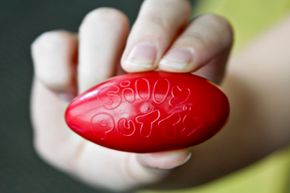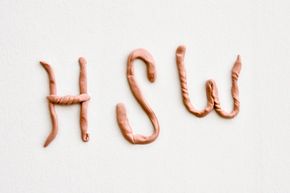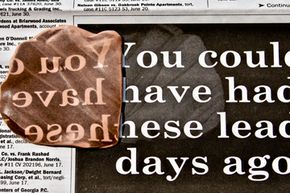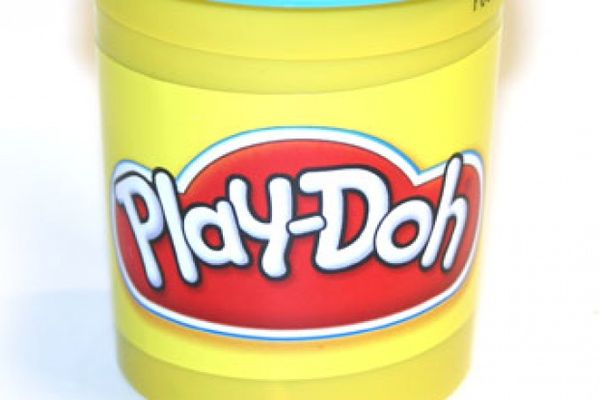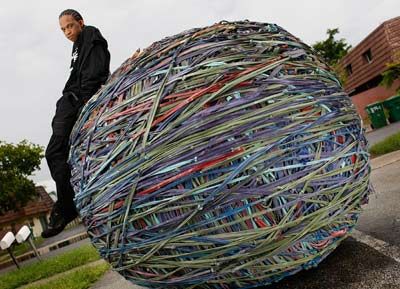They say necessity is the mother of invention, and for Silly Putty, the strange material that ships in an egg and behaves sometimes like a liquid and other times like a solid, necessity came in the form of Imperial Japan. In the early 1940s, as Germany waged war in Europe, the Empire of the Sun invaded rubber-producing countries such as Thailand, Malaysia and the Philippines, cutting off supplies to the West. This was more than a minor issue. For every U.S. soldier that went into battle, the military needed 32 pounds (nearly 15 kilograms) of rubber -- for boots, tires, clothing and other equipment [source: American Chemical Society]. Japan's invasion of Southeast Asia threatened, literally, the entire war effort.
At a loss, the U.S. War Production Board challenged industrial labs and academic institutions to develop a synthetic rubber that could be used to meet wartime production demands. Collectively, the chemists working on the problem may have achieved one of the greatest successes in the history of science: They produced a general-purpose synthetic rubber known as GR-S, or government rubber-styrene, in sufficient quantity to meet the needs of the U.S. and its allies during World War II.
Advertisement
Individually, there were a few setbacks and wrong turns in the quest for synthetic rubber. One of those wrong turns was made by James Wright in the laboratory of General Electric. Wright mixed boric acid and silicone oil together in the hopes of creating rubber that would make Charles Goodyear proud. Instead, he created a substance he would eventually call "bouncing putty" [source: Crayola]. General Electric sent Wright's concoction to engineers all over the world, hoping to make something awesome out of the accident. Unfortunately, no one ever discovered a practical use for the "bouncing putty," which seemed destined to fade quietly into history.
One man, however, rescued the substance from obscurity. His name was Peter Hodgson, and his vision would eventually lead to Silly Putty, one of the most famous toys in the history of fun and games. In this article, we'll look at the long, strange journey of Silly Putty. We'll also investigate the material's many odd properties -- and the chemistry behind them.
Our first order of business: Hodgson's great gamble.
Advertisement
